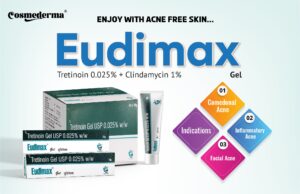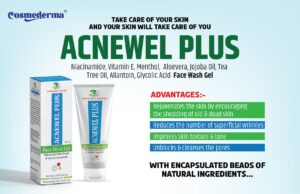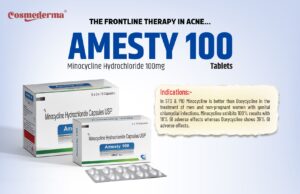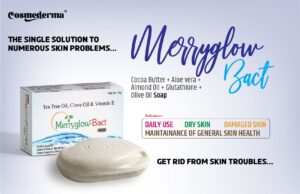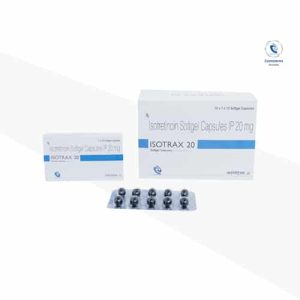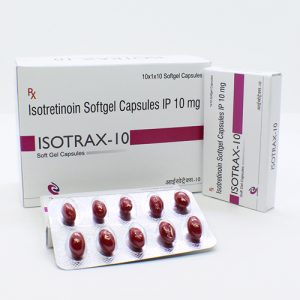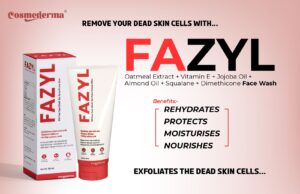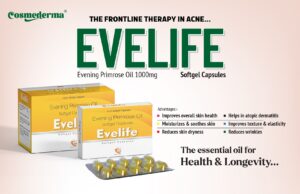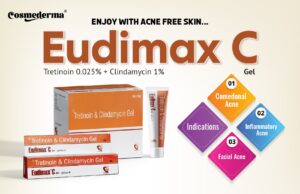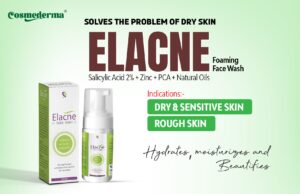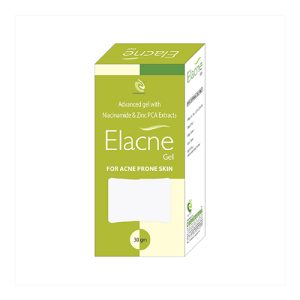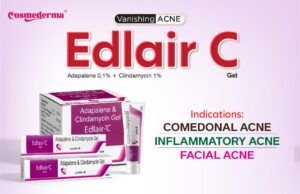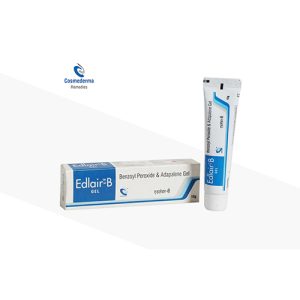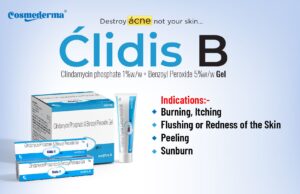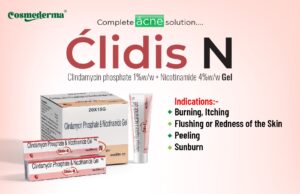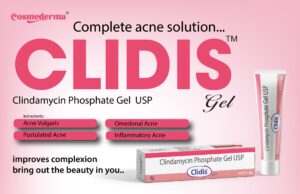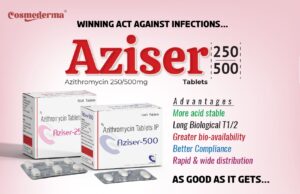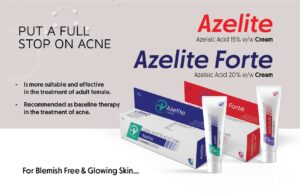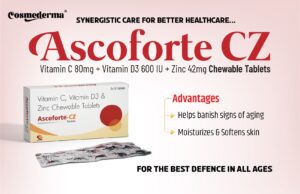Overview
Acne or acne vulgaris is a skin conditon caused by the clogging of skin pores. The clogged skin pores result in acne breakouts pimples, blackheads, whiteheads, and nodules. Acne is usually seen on the face, forehead, chest, upper back and shoulders. Other factors such as genes, hormones, and lifestyle factors can also contribute to acne breakouts. Despite the availability of effective treatments, acne can persist. The pimples and bumps take time to heal and may leave a scar behind. The treatment options for acne varies from over-the-counter topical creams, prescription medications, and changes in diet and lifestyle.
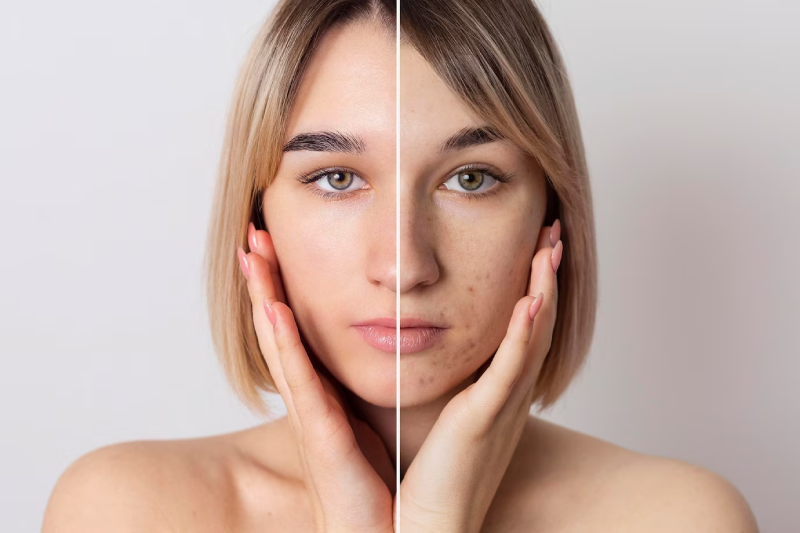
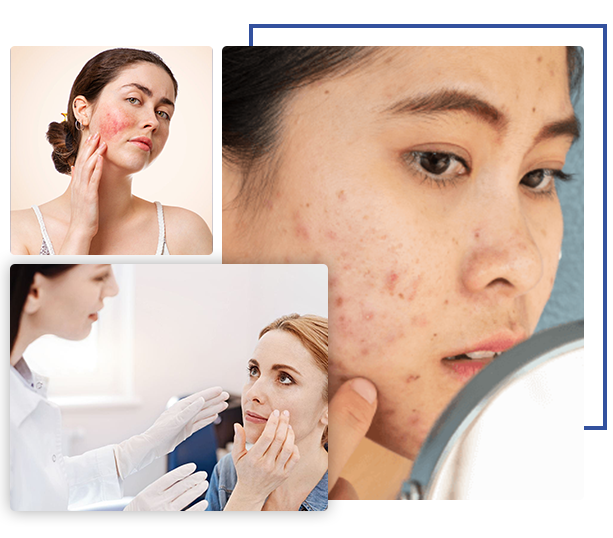
Causes and Risk Factors
Even though the underlying cause of acne remains the same, it can get triggered due to several internal and external factors. Almost everyone struggles with acne at some point in their life that can treated with proper guidance and treatment. The primary cause of acne is the excessive production of an oily substance called sebum. The build-up of dead skin cells can also clog the pores resulting in acne. Some of the common risk factors associated with acne flare-up are mentioned as follows
Hormonal Fluctuations : Hormonal fluctuations, especially during puberty is a major cause of acne. The androgens releaseduring puberty increases the size of skin’s oil glands resulting in enlarged pores and acne.
Genetic : If both your parents had suffered from acne, you are also more likely to develop acne in your life. The genetic predisposition is also a prominent risk factor for acne.
Eating Habits : Diet and nutrition directly impacts our overall health including the chances of getting acne. Unhealthy diet and food can cause inflammation in the body directly triggering the acne breakouts.
Stress : Prolonged stress may not directly cause acne but it can definitely trigger the acne or worsen it by causing changes in a person’s hormones
These are non-inflammatory acne lesions and include blackheads (open comedones) and whiteheads
Small, red, inflamed bumps that are often tender to the touch.
Types of Acne Lesions
Papules: Small, red, inflamed bumps that are often tender to the touch.
Pustules: Similar to papules but filled with pus, resulting in a white or yellow center.
Nodules: Large, painful, solid lumps beneath the skin’s surface.
Cysts: Deep, pus-filled lesions that are the most severe form of acne and can lead to scarring.

Solution From Cosmederma
-
Tretinoin 025% w/wRated 0 out of 5
-
Niacinamide, Vitamin E,Rated 0 out of 5
-
Minocycline Hydrochloride 100Rated 0 out of 5
-
Merryglow - BactRated 0 out of 5
-
Isotrax 20Rated 0 out of 5
-
Isotrax 10Rated 0 out of 5
-
FazylRated 0 out of 5
-
EvelifeRated 0 out of 5
-
Eudimax CRated 0 out of 5
-
ElacneRated 0 out of 5
-
ElacneRated 0 out of 5
-
Edlair CRated 0 out of 5
-
Edlair BRated 0 out of 5
-
CLIDIS-BRated 0 out of 5
-
CLIDIS- NRated 0 out of 5
-
ClidisRated 0 out of 5
-
Azithromycin 500mgRated 0 out of 5
-
Azithromycin 250 mgRated 0 out of 5
-
AzeliteRated 0 out of 5
-
Ascoforter CZ ChewableRated 0 out of 5

